Estimated reading time: 5 minutes
Preserving fruit (and other food) used to be a matter of necessity. Of course, this was before the days of refrigeration and a supermarket on every corner.
Knowing lots of different ways to store essential nutrients to see you through winter was second nature, particularly for country families. Similarly, most families just knew the basics of fruit tree care.
These days, we expect to be able to buy any type of food at any time of year. This is very weird, when you think about it, because that’s not how food grows.
It makes you realise how completely disconnected we are from nature and natural cycles.
Preserving fruit is a life skill
One of the consequences of our “fruit all year” mentality is that fruit-preserving life skills have largely disappeared.
It’s such a pity, and makes us much more vulnerable to factors outside our control. Cities in particular can run short of food very quickly after disasters.
The COVID-19 pandemic was a rude shock. Panic buying became a thing, and at times there were even food shortages of some items. The shutdown of travel and supply chains made it obvious how vulnerable we are when our food comes from a long way away.
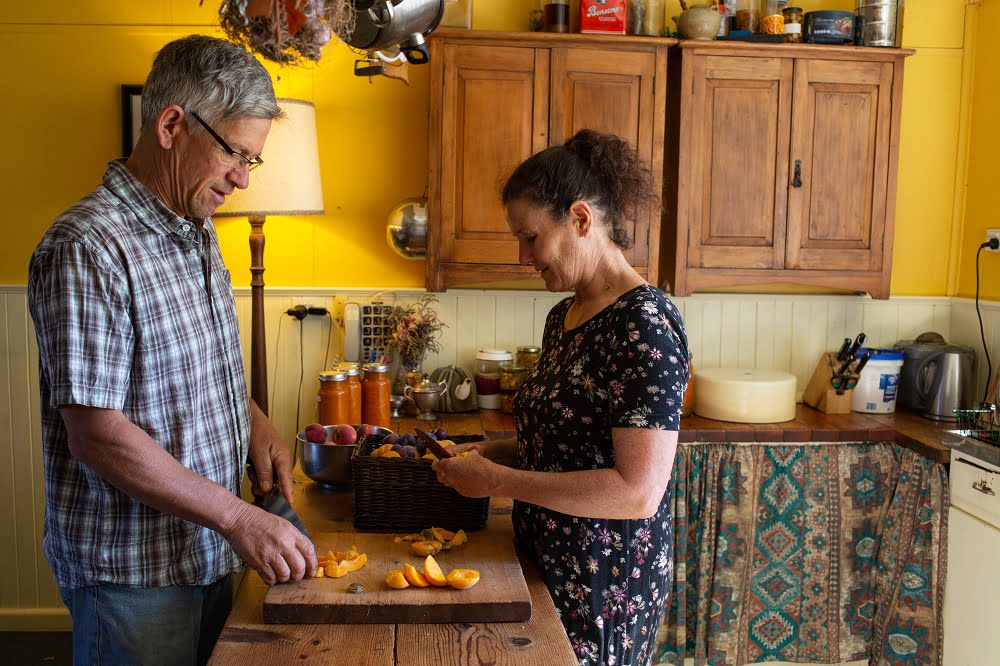
The security of buying local food
Thank goodness for Farmers Markets! The pandemic was proof that short supply chains (direct from farmer to consumer) are the most robust and dependable.
The shortest supply chain of all is from your garden to your kitchen. It just makes good sense to keep your food supply close to home and to preserve as much food as you can to keep your pantry full.
Turning your harvest into preserves is also heaps of FUN, and brings out your inner homesteader!
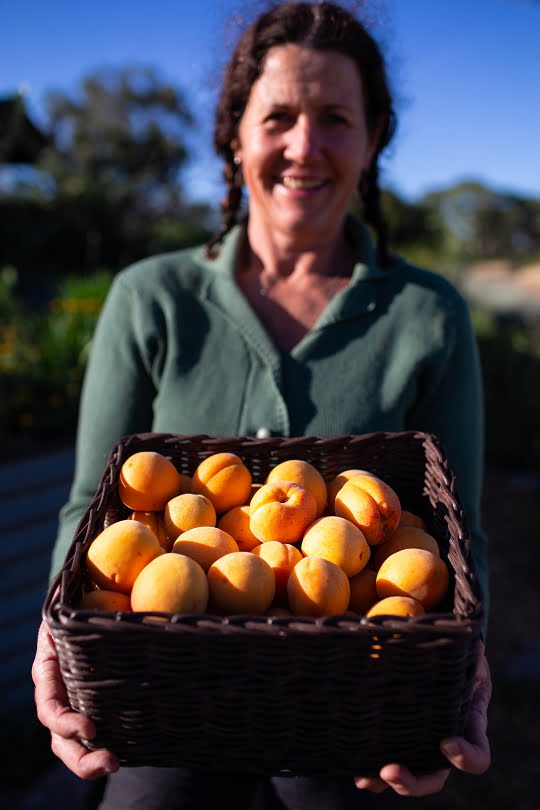
Start with fruit bottling
Our “go-to” preserving method is bottling (also called canning in some parts of the world). Once the fruit is bottled, it doesn’t take any more energy to store it (unlike freezing, for example). It also lasts for years.
We use the Fowlers system, because everything is easily available in Australia, but there are other systems that work just as well. Here’s the technique we use:
- Prepare the fruit by washing it if needed, removing any bad bits, and chopping it into the right-sized pieces to fit the jars you’re planning to use.
- Pre-cook the fruit if desired (it can also be bottled raw).
- Wash jars, rings, and lids – and have your clips handy;
- Place rings around the necks of the jars.
- Fill the jars with fruit, and top up with either water or syrup (get as much air out of the jars as possible and leave a 12mm headspace).
- Put the lid and clip on.
- Cook in the Fowler’s pan or preserving pan for the right period of time (this differs slightly for different types of fruit, depending on whether the fruit is pre-cooked, and the temperature of the contents when you start the preserving process).
- Carefully remove the jars from the preserving pan, and leave them to cool somewhere with good air circulation (pro tip—don’t put the hot jar on a cold surface! Sitting it on a chopping board or folded newspaper or teatowel is usually good enough insulation to let it safely cool).
- Label and store in a cool, dark place.
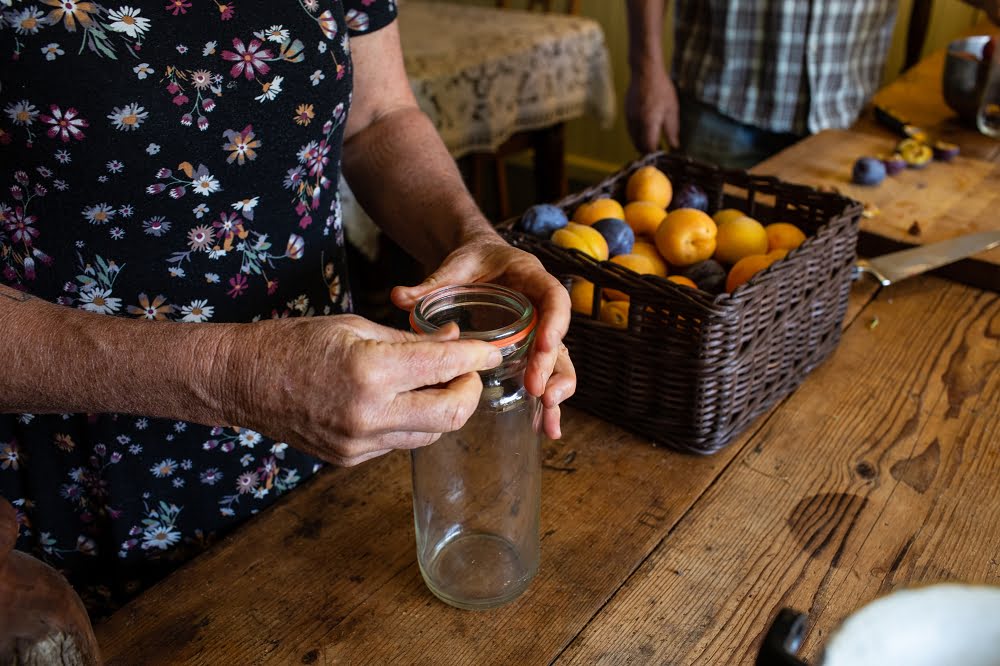
What types of fruit can you preserve?
Any type of fruit can be preserved using the bottling technique described above. In early summer, it’s great for apricots, cherries, and plums. Later in the season, you can use it for pears and apples – and even quinces, if you feel so inclined.
We’d highly recommend adding bottling to your preserving repertoire, but there are also lots of other techniques that might suit you better, including:
- freezing
- making jams, chutneys, etc.
- drying (including how to build your own dehydrator)
- pickling
- making cider and apple cider vinegar
The important thing is to try them all out and find what will fit best into your lifestyle.
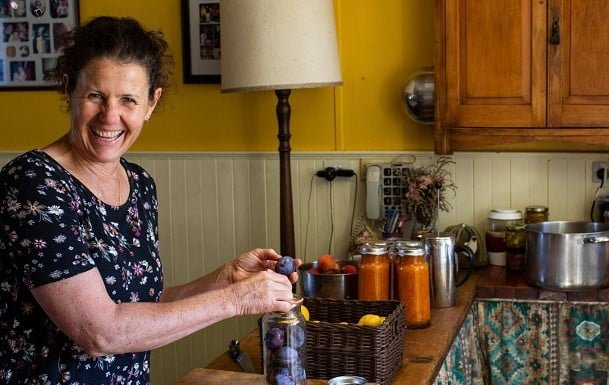
Related Articles
Saving heritage fruit trees by planting them
Many heritage fruit tree varieties are in danger of going extinct. The best way to save them is by planting them in your backyard.
Managing your fruit trees and frost
Learn about frost in your garden, how it may affect different types of fruit trees, and how to protect them by creating microclimates.
The joy of growing your own fruit trees
Growing your own fruit trees is a wonderful life-long hobby, but if you can’t grow your own, try to buy from a local nursery.




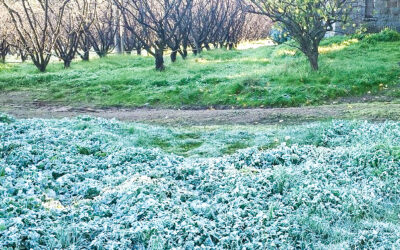
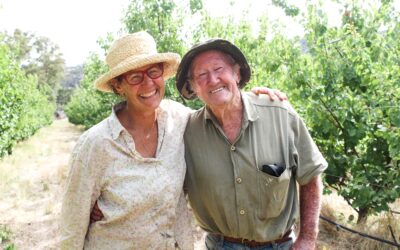


I will have little red currants left over to bottle this year.
Do you have any suggestions how to bottle them, please?
Thanks ASTRID
Hi Astrid, smaller fruit lends itself to bottling in smaller jars! We either use the smaller Fowlers jars (the ring and clip system), or we bottle them in clean second-hand jam jars, as long as the lid is in good condition and has a rubber ring.
Is it possible to preserve oranges and mandarins do you know?
Hi Leighton – do you mean bottling? Because there a loads of ways to preserve citrus like that (drying, marmalade, cordials etc) and yes, you can can oranges and mandarins! Meg – GGF team.
I’m in the U.S and can with mason jars. I’m curious about canning with straight (filtered) water as here the weakest solution recommended is a 20% sugar syrup. What pitfalls if any and fruit that won’t work with water only? Tnx.
Hi Cynthia, it’s basically the same process whether you’re using Mason jars or Fowlers, so it’s fine to use plain water. The key factor for safety is using fruit that’s high enough in acid (which is most of the common fruits), cooking for the recommended period, and making sure you have a seal. The only pitfall is that a lot of fruit taste more sour after cooking than when eaten raw!